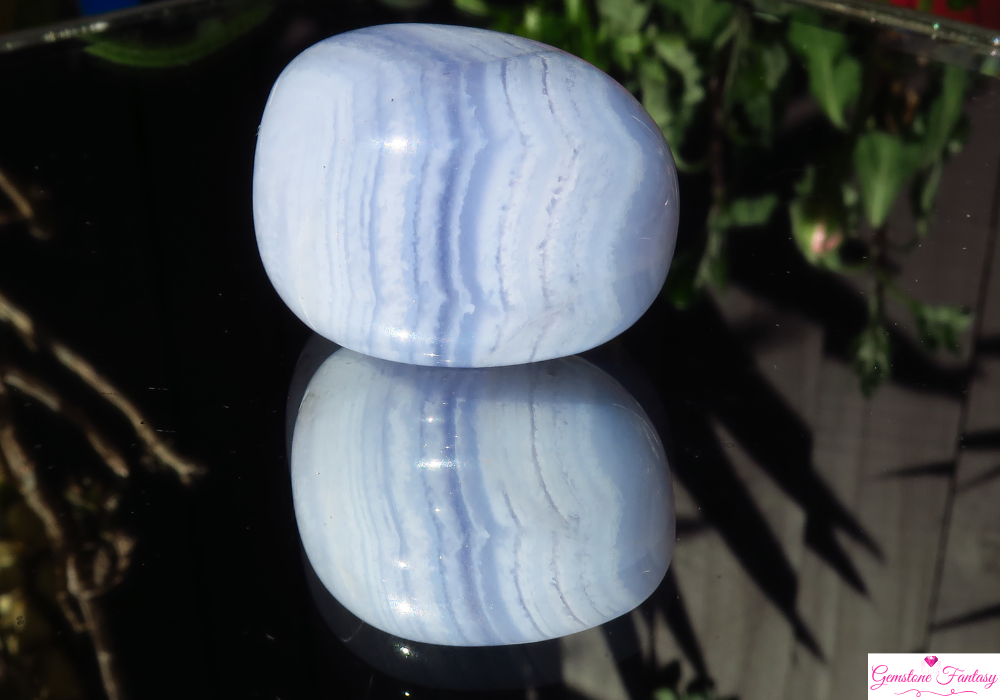Citrine is a vibrant yellow to orange-brown variety of quartz, celebrated for its warm hues and affordability compared to other gemstones. Known as the “Merchant’s Stone,” citrine is associated with prosperity and success, making it a popular choice in both jewelry and metaphysical practices. Its cheerful color and sunny disposition symbolize optimism, abundance, and happiness.
Geological Formation
Citrine forms through geological processes that contribute to its unique coloration and characteristics.
- Formation Process: Citrine is formed in igneous rocks and alluvial deposits. The gemstone’s distinct yellow or orange color is primarily due to the presence of iron impurities during the quartz formation.
- Chemical Composition: The chemical formula for citrine is SiO2SiO_2SiO2, which consists of silicon dioxide, the same as other quartz varieties. Heat treatment can enhance or produce the characteristic yellow or orange colors.
- Primary Locations: Major sources of citrine include Brazil, Madagascar, Spain, and Russia. Brazilian citrine is particularly renowned for its deep yellow hue and high clarity, making it highly sought after.
Varieties and Classifications
Citrine comes in various shades and qualities, leading to different classifications within the gemstone.
- Color Variations: Citrine ranges from pale yellow to deep amber and brownish hues. The most valuable citrine exhibits a rich, vibrant yellow color.
- Heat-Treated Citrine: Often, amethyst (another variety of quartz) is heat-treated to produce citrine, resulting in a wide range of colors from light yellow to deep orange.
- Natural vs. Synthetic: Natural citrine is rarer than heat-treated varieties. Synthetic citrine is created in laboratories, mimicking the appearance and properties of natural stones.
Cultural Significance and Folklore
Citrine has a rich cultural history and is steeped in folklore.
- Historical Beliefs: Ancient Egyptians believed that citrine possessed protective qualities against evil spirits and was used in talismans. Similarly, the Greeks utilized citrine as a gemstone of protection.
- Healing Properties: Citrine is traditionally associated with vitality and energy. It is believed to promote emotional balance, enhance creativity, and foster a positive outlook on life.
- Symbolism: Often referred to as the “Stone of Abundance,” citrine symbolizes prosperity, success, and good fortune. It is a popular gift for entrepreneurs and individuals starting new ventures.
Birthstone and Zodiac Connections
Citrine holds special significance as a birthstone and is connected to several zodiac signs.
- Birthstone: Citrine is the traditional birthstone for November, representing joy, optimism, and abundance. It is often gifted to celebrate birthdays, especially for those born in this month.
- Zodiac Sign: Citrine is associated with the zodiac sign Leo. It is believed to enhance the positive traits of Leos, such as creativity, leadership, and confidence.
Healing and Metaphysical Properties
Citrine is revered for its metaphysical properties and healing benefits.
- Emotional Healing: Citrine is thought to promote self-confidence and personal power, helping individuals overcome fears and insecurities. It is often used in meditation practices to enhance clarity and focus.
- Physical Healing: In holistic healing, citrine is associated with the solar plexus chakra, promoting digestion and overall physical vitality. It is believed to help with issues related to the digestive system and metabolism.
- Spiritual Growth: Citrine is considered a stone of manifestation, believed to attract wealth and abundance. It encourages a positive mindset and helps individuals set and achieve their goals.
Popular Uses in Jewelry and Design
Citrine’s bright color and versatility make it a favored choice in jewelry designs.
- Earrings and Necklaces: Citrine gemstones are commonly used in earrings and necklaces, adding a splash of color to both casual and formal outfits. Its clarity and brilliance enhance its aesthetic appeal.
- Rings: Citrine rings are popular for engagement and fashion rings, often set in various metals, including gold and silver. The stone’s durability ensures it withstands everyday wear.
- Bracelets: Citrine bracelets can be found in various styles, from simple bead designs to intricate settings with other gemstones, making them a stylish addition to any jewelry collection.
How to Identify Authentic Citrine
Identifying genuine citrine involves observing specific characteristics.
- Color and Clarity: Authentic citrine typically exhibits a consistent yellow to orange hue with good clarity. The presence of inclusions or uneven color distribution can indicate lower-quality stones or imitations.
- Hardness: Citrine has a Mohs hardness of 7, making it durable and suitable for everyday wear. This hardness is a good indicator of authenticity.
- Refractive Index: The refractive index of citrine ranges from 1.544 to 1.553. A gemologist can use specialized tools to measure this and confirm authenticity.
Tips for Caring and Storing
Proper care is essential for maintaining the beauty and longevity of citrine jewelry.
- Cleaning: Clean citrine pieces using warm soapy water and a soft cloth. Avoid harsh chemicals or ultrasonic cleaners that may damage the stone.
- Storage: Store citrine jewelry separately to prevent scratches from harder gemstones. Use a soft pouch or lined jewelry box for protection.
- Handling: While citrine is relatively durable, handle it with care to avoid chipping or scratching. Keep it away from extreme temperature changes and harsh chemicals.
Market Trends and Pricing
The citrine market has experienced notable trends influenced by fashion and demand.
- Pricing: Prices for citrine can vary based on color, clarity, and size. High-quality citrine can range from $10 to $50 per carat, with exceptional stones commanding higher prices.
- Market Trends: The popularity of citrine has increased due to its affordability and unique color. Consumers are increasingly drawn to larger, high-quality stones, influencing pricing trends.
Final Thoughts
Citrine is a gemstone that embodies warmth, positivity, and abundance. Its stunning hues and rich history make it a beloved choice among jewelry enthusiasts and collectors alike. Whether cherished for its aesthetic appeal, emotional benefits, or symbolic meanings, citrine continues to captivate those who appreciate its unique charm and allure.

















